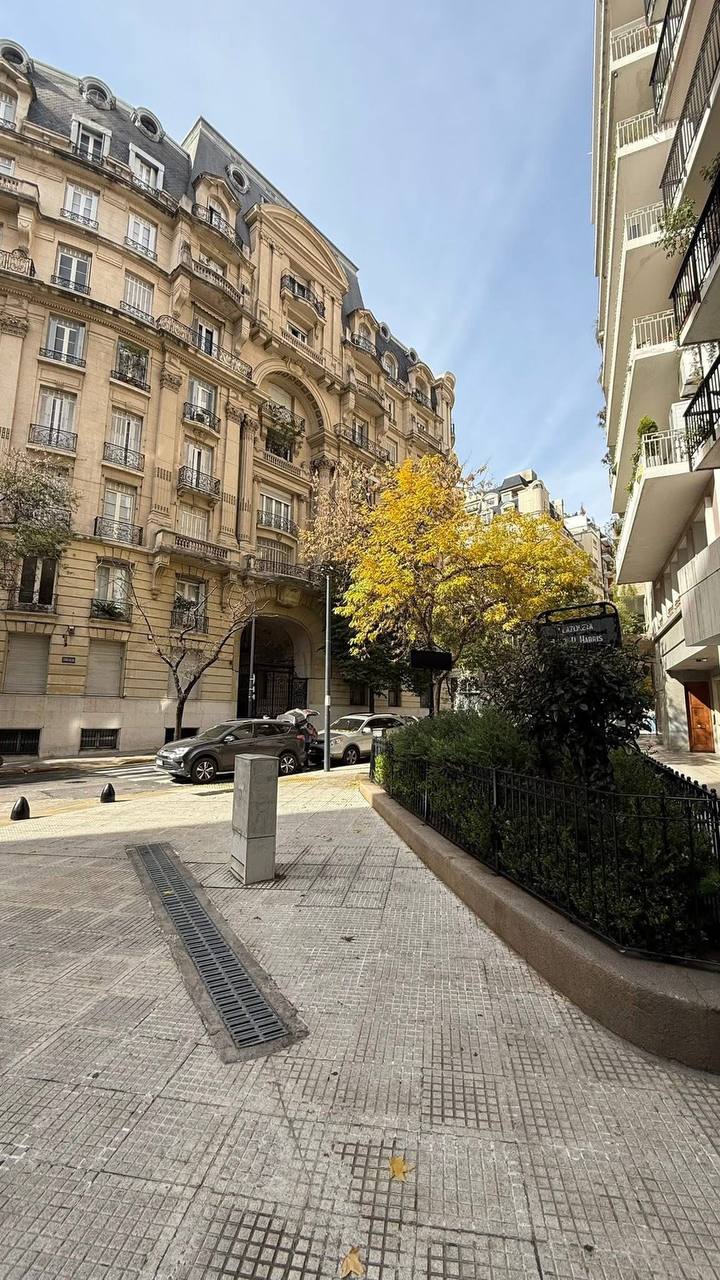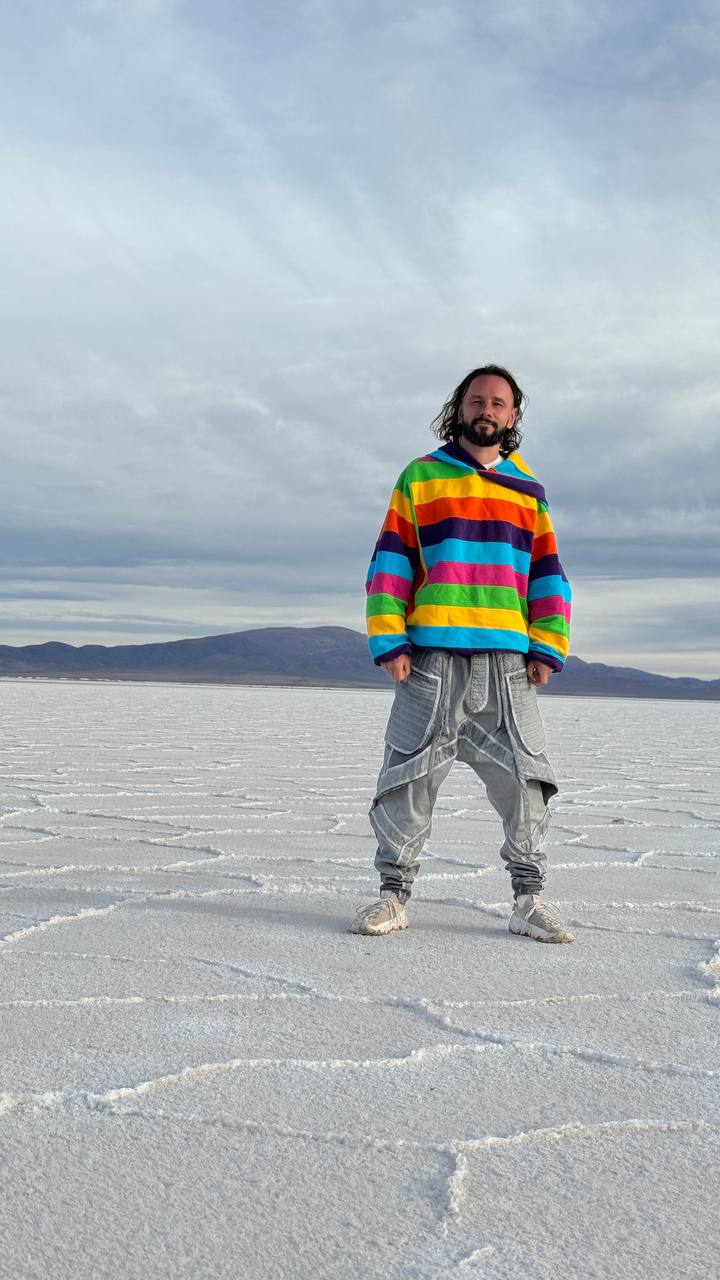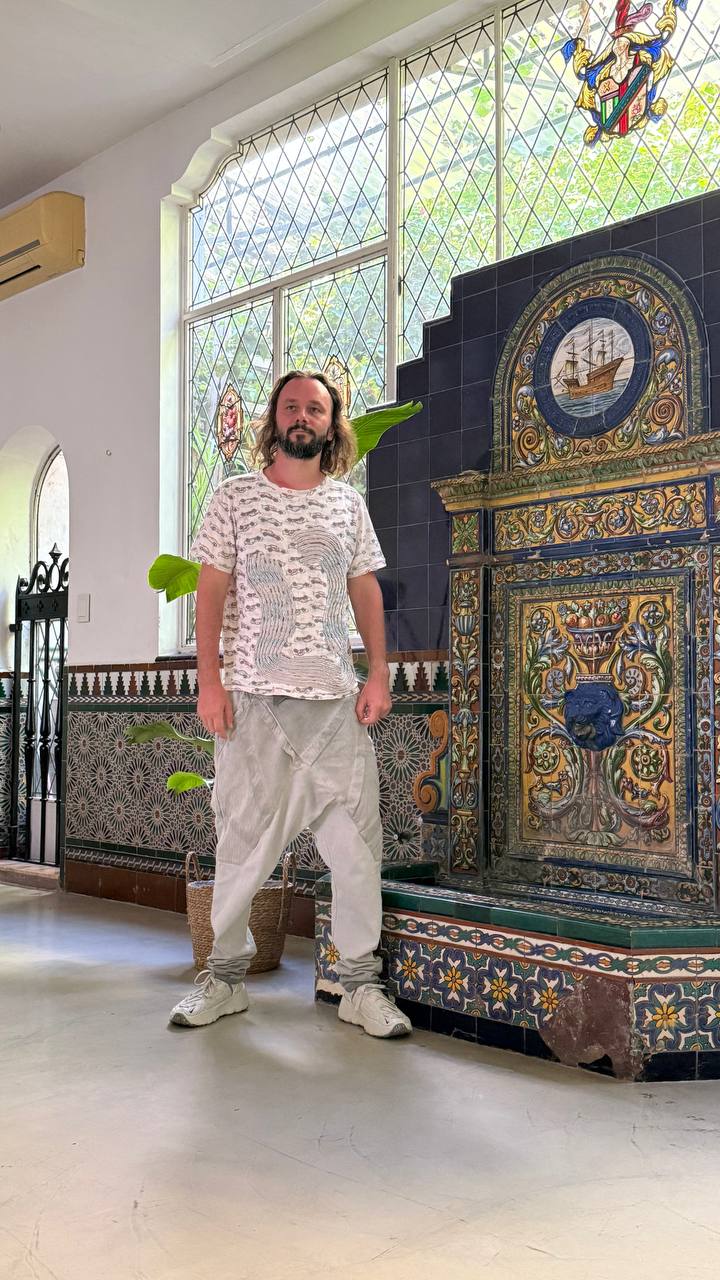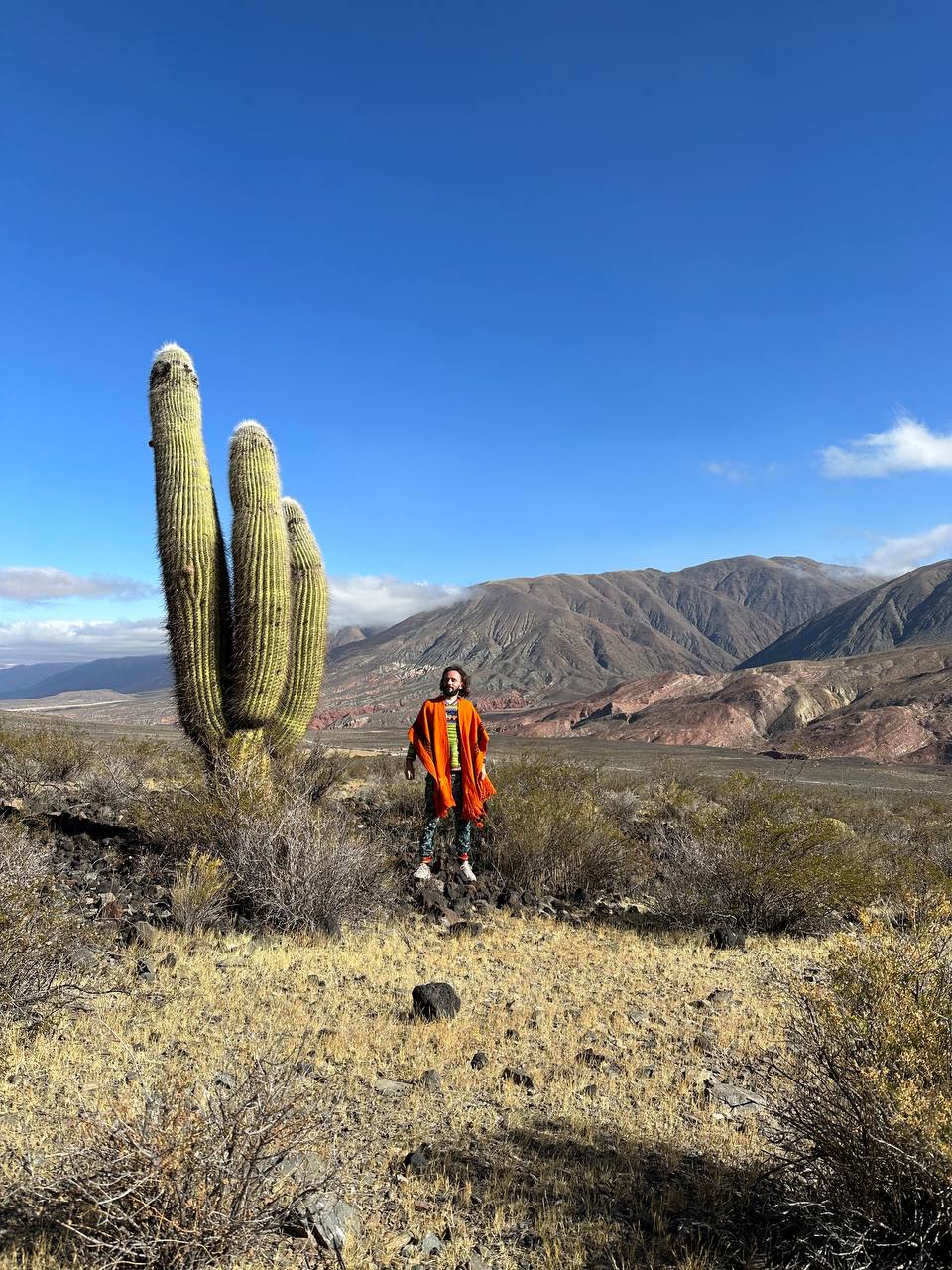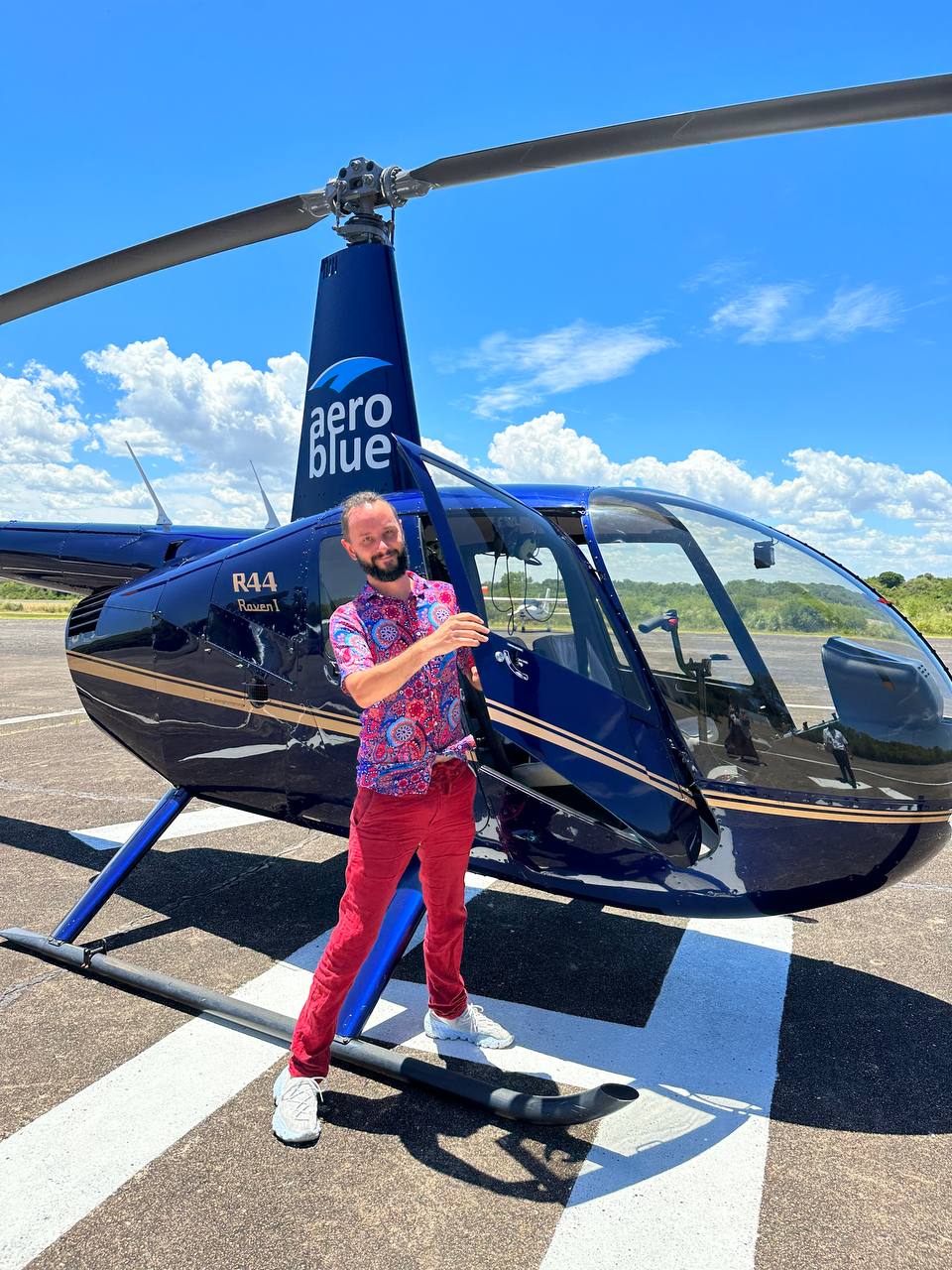Национализация YPF: как начался конфликт
История, которую стоит экранизировать. И, как и любая хорошая драма, начинается она с национальной гордости, а заканчивается у дверей американского суда.
В 2012 году правительство Кристины Киршнер национализировало нефтяную компанию YPF. Аргентина выкупила контрольный пакет у испанской Repsol, но при этом “забыла” про других акционеров, в частности фонд Petersen, связанный с семьёй Эшкенази. Те потеряли возможность продать свою долю (25%) и решили бороться… но не сами.
Burford Capital: юридические инвестиции с миллиардной отдачей
На сцену выходит Burford Capital, юридический венчурный фонд, который инвестирует в судебные иски. В 2015 году они выкупают права требований у Petersen и Eton Park, нанимают юристов, и запускают тяжбу против Аргентины в Нью-Йорке. Спустя 10 лет суд признал: да, права нарушены. Размер иска составил $16,1 млрд.
Судебное решение в Нью-Йорке: $16,1 млрд и акции YPF
Сегодня федеральный суд Манхэттена постановил: Аргентина обязана передать 51% акций YPF в счёт исполнения решения. Рыночная стоимость этих бумаг около $6–8 млрд. А если не передаст добровольно, Burford и суд разберутся сами, ведь акции хранятся в американском депозитарии.
Юридическая драма с глобальными последствиями
Акции YPF уже упали на 6%, а Burford подскочили на 22%. Прекрасная иллюстрация того, как юридическая стратегия превращается в хедж-фондовский инструмент.
Эта история не совсем просто спор о справедливости. Это напоминание. Даже суверенные государства не застрахованы от коммерческого права, если их активы хранятся в Нью-Йорке.
И да, если бы Netflix снял сериал, там было бы всё: нефть, политика, юристы с Уолл-стрит, пожилая аргентинская династия, судья в чёрной мантии и заголовки о миллиардах.
